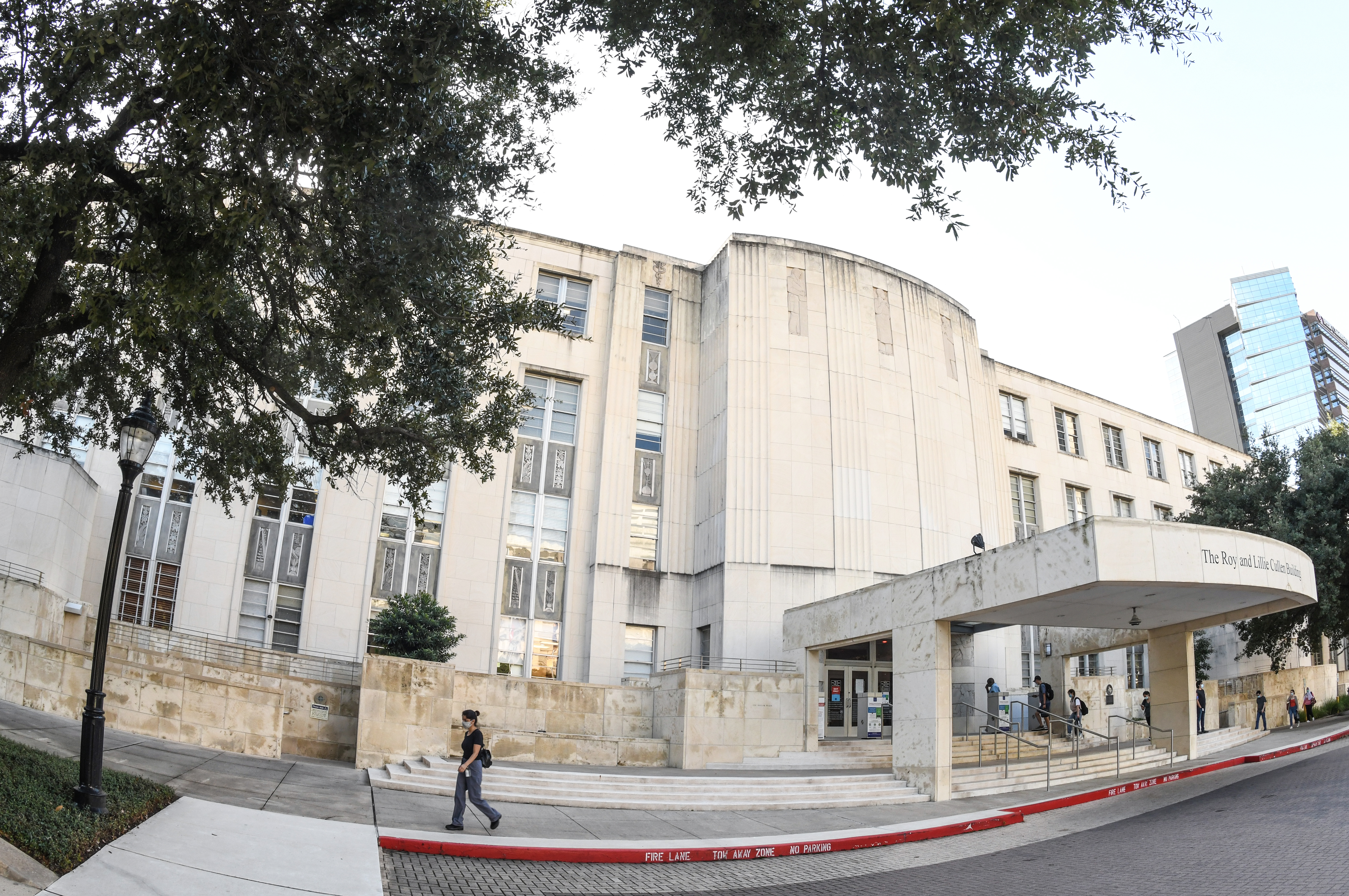“Global conflict and a self-inflicted tight market means Australia faces high gas prices and uncertain supply for as far as the eye can see,” Innes Willox, Chief Executive of national employer association Ai Group said today.
“Today and for some time to come, gas is an essential fuel for houses and industry and a critical feedstock for products that make our economy work. It has always been seen as the best bridge between fossils and renewables as we grapple with emissions targets while seeking energy security. It has been a desperately needed backup power source as coal plants broke down this winter. And that backup role is expected to remain important in an ever-more-renewable power grid, even as the use of gas for bulk power declines sharply.
“But the invasion of Ukraine has upended the future of the Eastern Australian gas market, and the roles of gas cannot be taken for granted.
“Europe is racing to get itself off Russian gas before it is simply cut off. Japan is facing pressure from Russia over its own gas imports. International markets look tight for a long time to come, and could easily fall into greater chaos at any moment. That means trouble for Australian gas users, and not just through the incredibly high prices that futures markets say will be with us for years.
“The adequacy of supply is also threatened. The most recent Gas Statement of Opportunities projected that by 2030, one third of local gas demand in Eastern states would be met by flexible LNG imports. But in the wake of Ukraine we may not be able to secure a regasification ship; we will pay an international price for any gas we get; and if Europe-Russia confrontation escalates far enough we may find it hard to access imported gas at all. The future market balance needs to be rethought.
“More local supply may help, but only so much. NSW’s Narrabri gasfields are already built in to the gas market projections, despite being not quite a done deal. Victoria’s onshore conventional gas reserves, yet to be commercially explored, could deliver up to one seventh of the gas currently expected from imports. More unconventional gas from Queensland and the Northern Territory would come at an international price and via major new pipeline investments.
“We may need all of that new gas. But the more that we can replace or avoid through electrification, efficiency, biogas and hydrogen, the better off we will be – and the easier our emissions goals will be to meet.
“Gas market projections already assume substantial reductions in gas demand efficiency and fuel switching. But those expectations are not yet matched with government policies to deliver them. It is past time for governments to grasp this nettle and strengthen policies for gas alternatives.
“Victoria’s initial effort through its Gas Substitution Roadmap is nuanced and reasonably technology-neutral, unlike the push by the ACT to simply electrify all homes. In fact one size will not fit all, and we welcome the State’s openness to the full range of long term replacements for gas.
“The Roadmap also emphasises voluntary measures, with those business and residential gas users who can move to alternatives given help to do so through the Victorian Energy Upgrades program. Those users who can’t switch – or would rather not – aren’t forced to move and would benefit from reduced pressure on wholesale markets.
“This push is much more cautious than some had hoped and others feared. It is a first step. More work is foreshadowed over the coming year, including consideration of a NSW-style renewable gas certificate scheme. Costs and benefits of detailed options will need thorough scrutiny. But we should have no doubts about this: Eastern Australia’s gas problems cannot be solved on the supply side alone. We need to look to cheaper, cleaner and more secure ways to deliver the services that natural gas provides today – and soon. High prices, looming insecurity and high emissions make it urgent to start gradually tapering our reliance on gas,” Mr Willox said.







